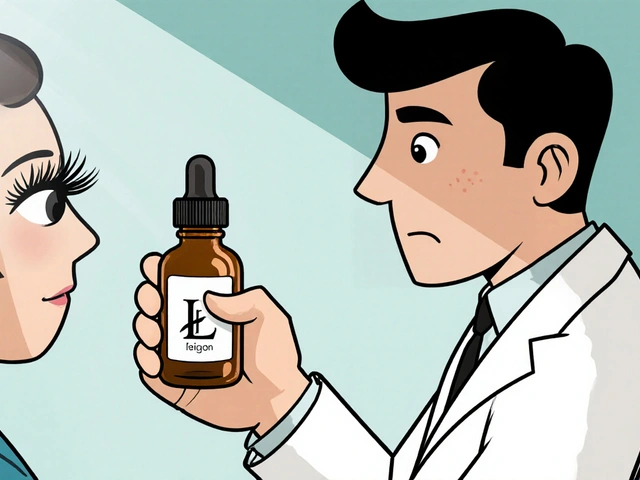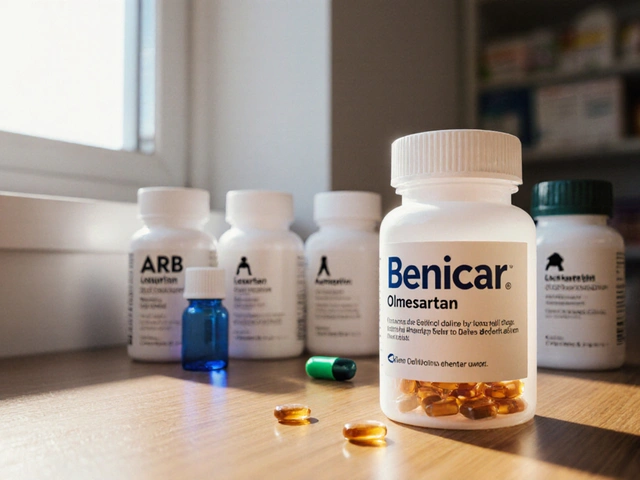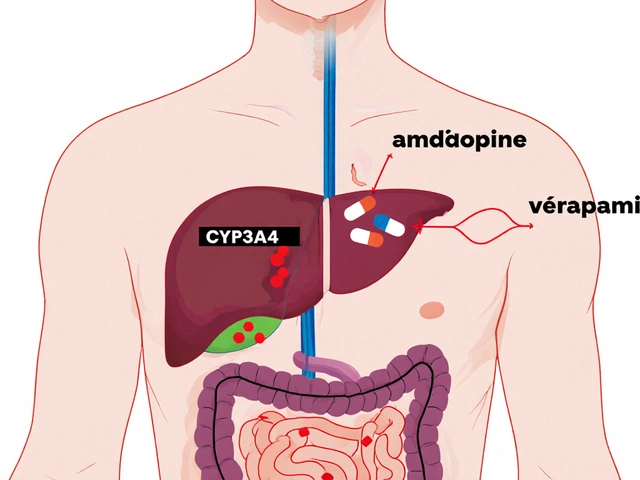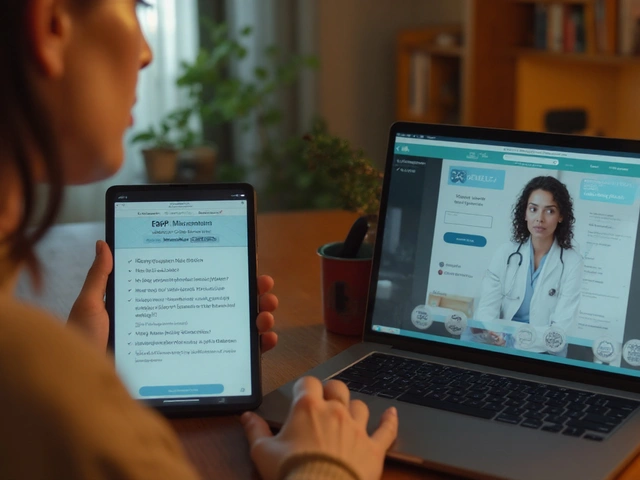Organ rejection: signs, types, and what to do
Organ rejection can happen suddenly or slowly. It’s your immune system treating the new organ as a threat. Knowing the common signs and the first steps to take can save the transplanted organ and your health.
There are three main types of rejection. Hyperacute rejection occurs within minutes to hours and is usually noticed in the operating room. Acute rejection most often happens in the first weeks to months and can be treated if caught early. Chronic rejection develops over months to years and causes gradual loss of function.
Signs vary by organ, but watch for clear red flags: sudden fever, fatigue, swollen or painful transplant site, reduced urine output after a kidney transplant, rising creatinine on blood tests, jaundice or abnormal liver tests after a liver transplant, shortness of breath or fluid buildup after a heart or lung transplant. If you have an implanted organ and notice anything new or worse, act quickly.
What to do if you suspect rejection
First, contact your transplant team or doctor immediately — don’t wait. They will usually order blood tests (like organ-specific markers), imaging, and often a biopsy to confirm rejection. Don’t stop or change immunosuppressant drugs on your own; missing doses raises rejection risk fast. If the team confirms rejection, treatments commonly include increasing or changing immunosuppressants, short courses of steroids, or therapies that target antibody-driven rejection. Follow-up and close monitoring are essential until the issue stabilizes.
Bring a short list of recent meds, supplements, and any illnesses or infections to your appointment. Some infections or drug interactions can mimic rejection or trigger it by changing drug levels.
How to lower your risk
Medication adherence is the strongest single step you control. Take immunosuppressants exactly as prescribed and set alarms if needed. Keep regular clinic visits and lab checks so doctors spot trouble early. Avoid over-the-counter meds and herbal supplements without checking with your transplant team — many change how immunosuppressants work. Practice basic infection prevention: hand-washing, staying up to date on vaccines your team approves, and avoiding sick contacts when your immune system is weak.
Lifestyle choices matter too. Don’t smoke, limit alcohol, eat a balanced diet, and manage blood pressure and blood sugar—these affect long-term organ health. If you travel, carry a medication list and transplant team contact info in case you need urgent care.
If you want more practical checklists, or need to contact a specialist, use the site search or visit our Contact Us page for ways to reach the team. Organ rejection is serious, but early action and steady care give the best chance for a lasting transplant.
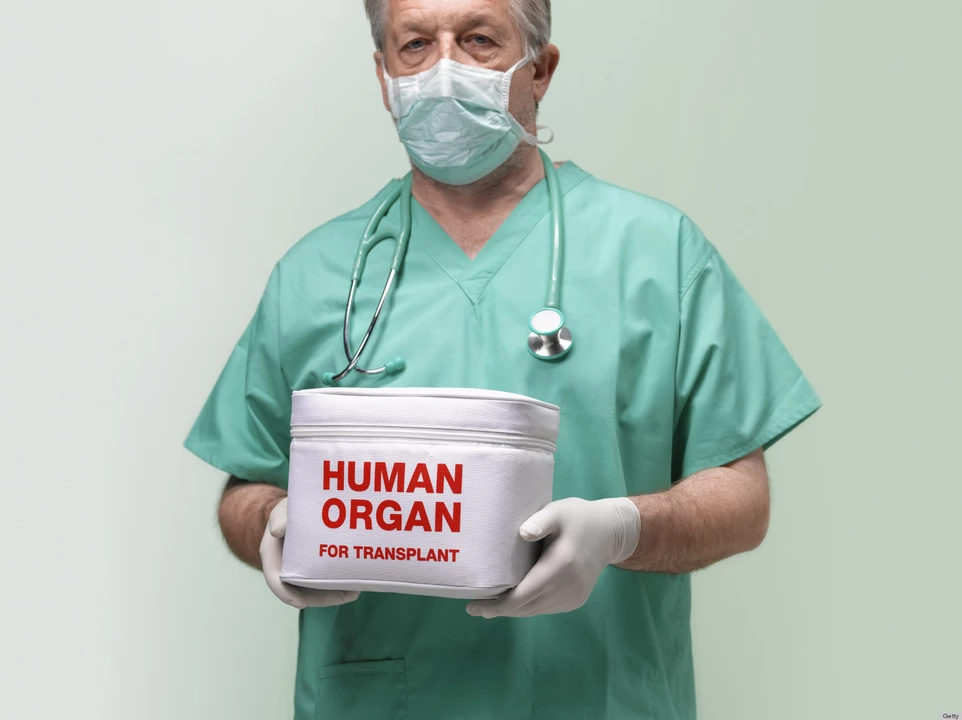
In my recent blog post, I delved into the crucial role of Tacrolimus in pediatric transplant patients. This medication, commonly used as an immunosuppressive drug, helps to prevent organ rejection and ensure a successful transplant process for children. I discussed its efficacy, dosage guidelines, and potential side effects, emphasizing the importance of close monitoring and adjustment by healthcare professionals. Overall, Tacrolimus has proven to be a vital component in improving the quality of life for pediatric transplant recipients.


